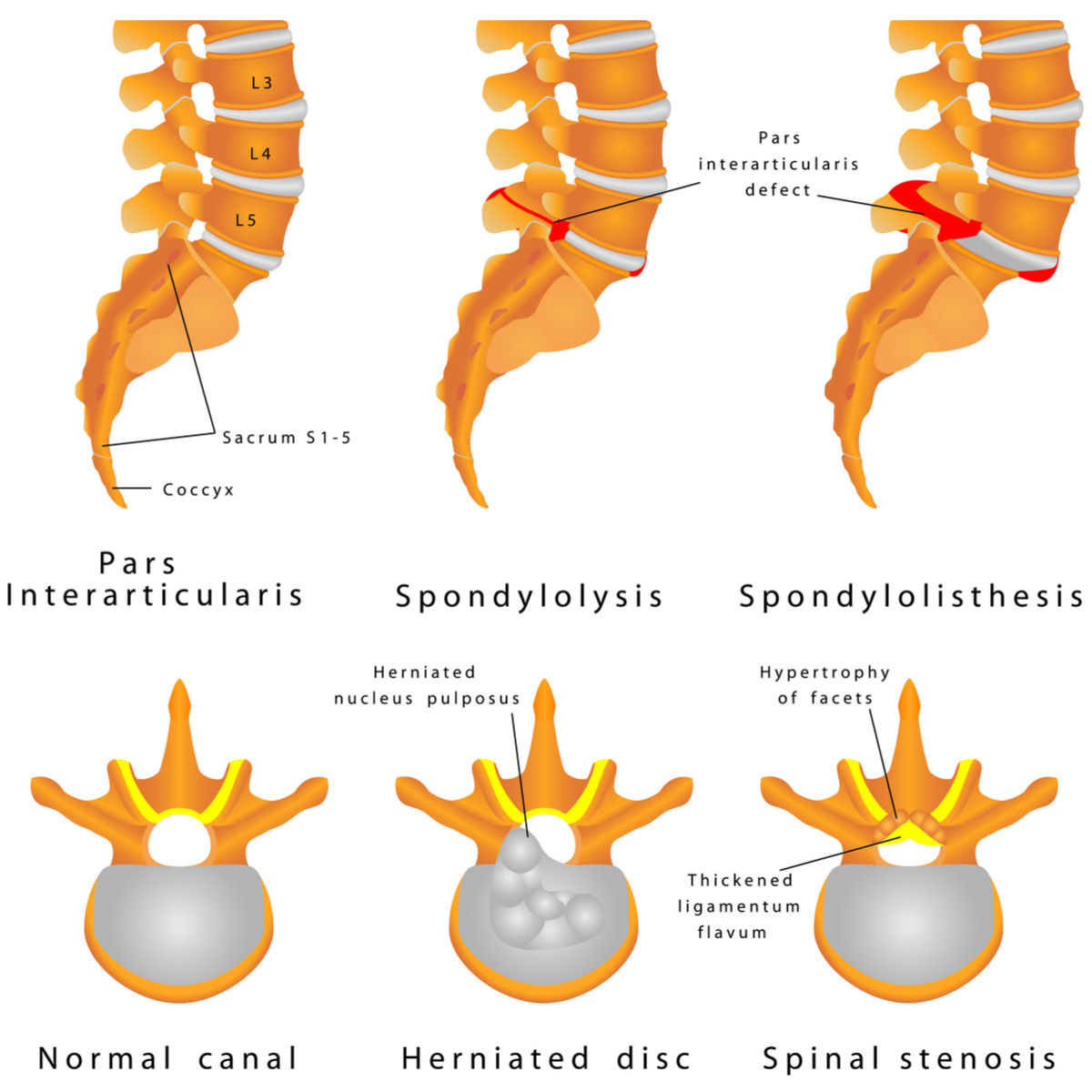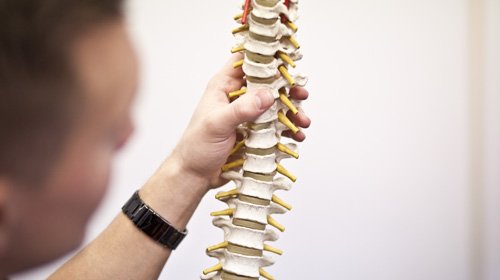nalco group
bone, muscle & joint pain physio
BOOK NOW / WHATSAPP ABOUT YOUR PAIN OR INJURY
- NOVENA 10 Sinaran Drive, Novena Medical Center #10-09, Singapore 307506
- TAMPINES 9 Tampines Grande #01-20 Singapore 528735
- SERANGOON 265 Serangoon Central Drive #04-269 Singapore 550265
Home > Back and Neck Physio > Blog > Spondylosis Physiotherapy - How Physiotherapy Can Help
Spondylosis Physiotherapy
How Physiotherapy Can Help

Spondylosis is a specific type of osteoarthritis of the joints in your spine bone, and it mainly affects the center of the spinal vertebrae and/or the neural foramina.
Differential diagnosis: if the same condition affects the zygapophysial joint instead, it is considered a facet syndrome.
In severe cases of spondylosis, it may cause additional pressure on nerve roots that run in the spine; this leads to nerve-related problems such as
- pain
- tingling sensation
- numbness or
- weakness in the affected side / limbs
If the space between the two spine bones (vertebraes) tightens/narrows, this can cause the compression of the nerve space, resulting in a term called radiculopathy (patients may report experiencing a combination of sensory and motor disturbances, such as moderate-severe pain in their neck, shoulder, arm, back, and/or leg, as well as muscle weakness).
In a less common spondylosis condition, direct pressure on the spinal cord (usually in the neck/cervical spine) may result in myelopathy, and this may cause patients to experience generalized muscle weakness, difficulty walking, losing balance easily, and sometimes has problem with controlling their bladder or bowel.
Patients may also experience numbness and electrical sensation in the hands and legs because of nerve compression and decreased blood flow.
Causes of Spondylosis
Frankly speaking, this condition can affect any
individuals of any age, but we note that usually older people are more prone to this condition
due to its nature of wear and tear predominantly (older people have been moving/standing/walking/running much more than us).
Diagnosis: There is several tests that can be done
- Spurling's
test is performed by side flexing the patient's head and placing
downward pressure on it.
A positive Spurling's sign is neck or shoulder pain on theside to which the head is laterally flexed is predictive/confirmation of cervical spondylosis. - Lhermitte sign, refers to the feeling of electrical sensations or shocks with movements of neck flexion; reduced range of motion
of the neck, the most frequent objective finding on physical examination
- Imaging - MRI testing. This test is non-invasive and provides the only clear and definitive positive diagnosis.
Treatments For Spondylosis Physiotherapy

Good news!
You'd be assured to know that conservative physiotherapy treatments of spondylosis is successful at least 75% of the time. This means that out of 100 patients treated for spondylosis, at least 75 of them will respond well to back and neck physiotherapy.
To add onto that, actually quite a number of patients' spondylosis-related pain and other spondylosis-related symptoms can be effectively treated and managed without surgery.
Acute Phase
During this phase, patients may be put on a course of
- anti-inflammatories
- pain medications/painkillers and
- muscle relaxants
to decrease the level of pain they experience.
In some cases, the affected structure may need to be immobilized by a neck brace (there are soft types, and hard types), that helps to prevent external forces from causing additional damage to the area ) direct or rotational.
For spondylosis in the lower back, patients may be prescribed a specific lumbosacral orthothic device, which will help to decrease/offload the weight or load on your lower back by stabilizing your lower back spine.
Spondylosis physiotherapy treatment sessions with our senior physiotherapists will include
- the assessment and treatment modalities including
- heat therapy to relax the muscle spasms and muscles
- ultrasound therapy to accelerate soft tissue healing
- gentle manipulation and mobilizations to loosen and glide the soft
tissues and joints
Our senior spine physiotherapists will also prepare a customized exercise program for you, aimed specificly to strengthen the muscles around the injured area, so that you can
- have a "natural muscle brace"
- your back and neck is stronger naturally
- and you can decrease the need of the neck or back brace
